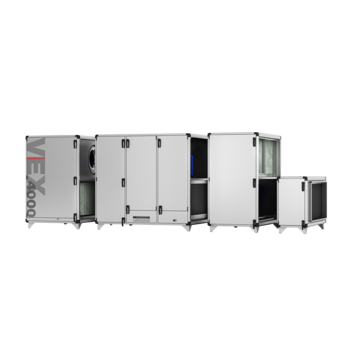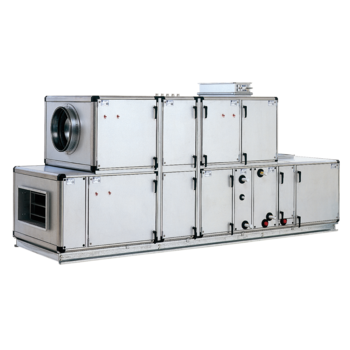Modular AHU
Energy-efficient modular units with high flexibility - Regardless of your project, we have the solution with our comprehensive modular program
Our VEX4000 and VEX5000 series give you the freedom to tailor your ventilation solution to your specific needs. Both VEX4000 and VEX5000 can be ordered with a wealth of customized solutions.
Countless possibilities - always a solution!
Modular ventilation units for many purposes. Our modular ventilation units can be assembled from the series' various sections to create exactly the ventilation unit that is optimal for the specific project. As a heat recovery section, you can choose between a cross-flow exchanger, a rotary exchanger, and a counterflow exchanger, and the ventilation unit can then be equipped with cooling and heating coils, a cooling/heating pump, and other sections.


